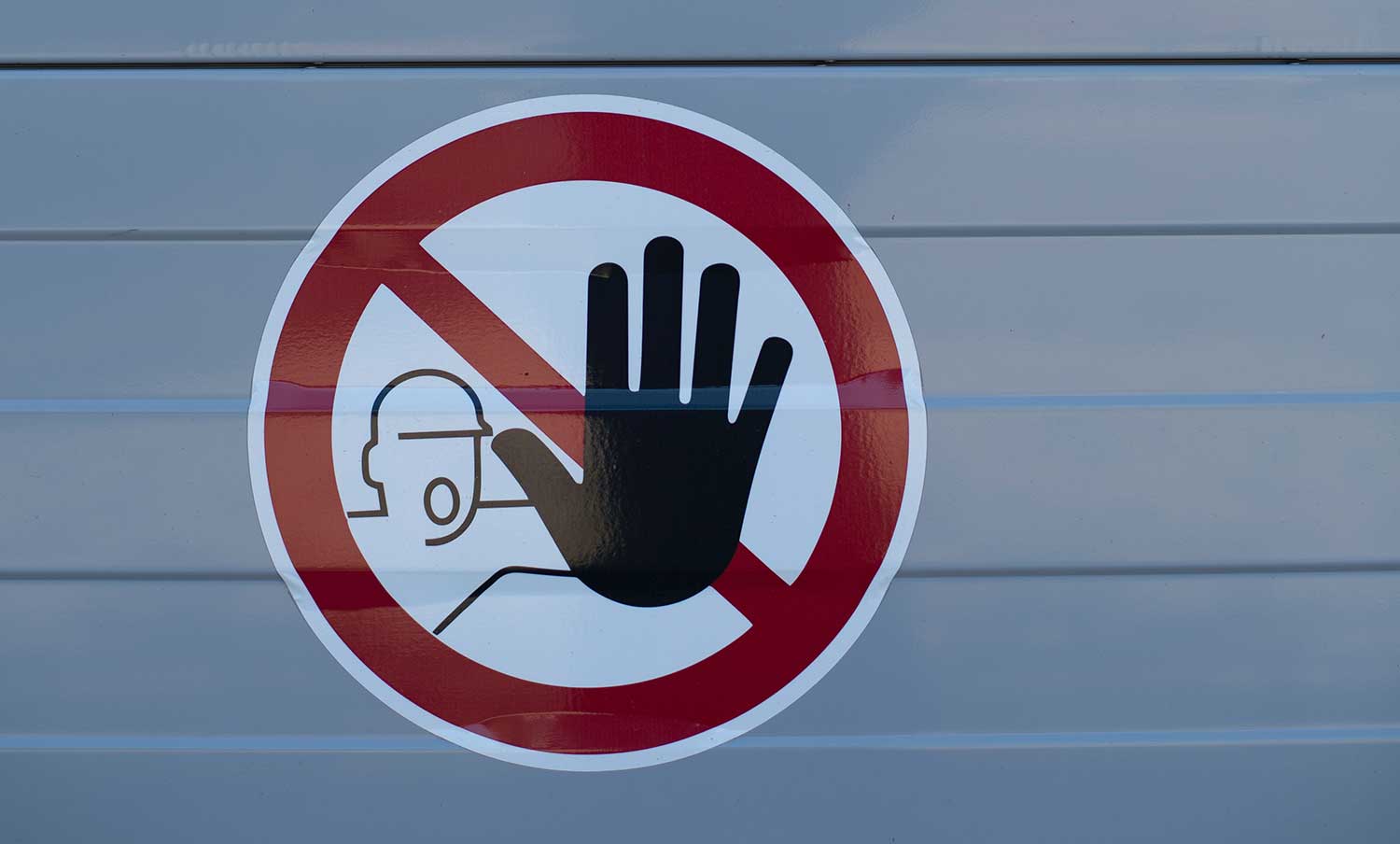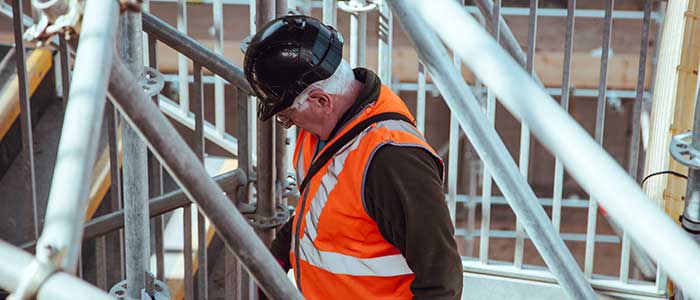Safety – Risk response matrix

Risk response matrix
What is a risk response matrix?
Most people have heard of and are familiar with a risk assessment matrix. Risk assessment matrices are used in almost every industry and many other walks of life to classify and prioritise different risks based on:
- The likelihood of them occurring
- The severity of an event should the risk eventuate
The risk response matrix is less known but often more important, as it serves as a framework for planning for and actioning risk. The risks which the risk response matrix are based on are often pulled through a risk assessment matrix first and then placed inside of the risk response matrix, and a risk response matrix can even be 'attached' to a risk assessment matrix or directly following it.
A risk response matrix is also used in many industries which manage obvious and ever-present risk such as construction, manufacturing, oil and gas and mining, and can also be applied to and applicable for any project-based company looking to properly manage safety, environmental, commercial and financial (and more) risk.
So in a nutshell, a risk assessment matrix is designed and used to assess and classify risks, while a risk response matrix is designed and used to ensure that a company, project or person is properly prepared to manage and respond to these risks in an effective manner.
A risk response matrix contains
As we know, risk assessment matrices contain a certain number of concrete elements which enable projects and companies to objectively and consistently assess risk.
A risk response matrix is similar in that a risk response matrix contains a few key elements too.
The major components of any risk response matrix are:
- The risk event - The event which is being planned for or responded to
- The planned response - The response to this risk, whether it's a corrective action or mitigating action
- Contingency plan - A contingency plan for the risk, so that the outcomes of the incident or risk event is managed
- Trigger - The trigger which initiates the contingency plan
- Who's responsible - Who's responsible for managing this specific risk and the response actions
These components link straight back to the goal of the risk response matrix which is to simply outline all of the necessary components of planning for all of your known risks.
Risk response matrix example
Now that we understand the different elements of the risk response matrix, we can look at what this actually looks like in real-life.
In real-life, as you can imagine, the risk response matrix will be assembled into a matrix. The elements above form the columns and column headings, and then each row is a different type of risk.
In this example, we are looking at some basic risks which apply to almost any industry - but a construction company or similar would obviously have a bunch of risks which are unique and applicable to the project or phase of works being assessed.
| Risk event | Response | Contingency plan | Trigger | Who's responsible |
|---|---|---|---|---|
| Injury | Mitigate risk | Take break until healed | Injury not healing | No one (accident) or possibly the trainer |
| Undertraining | Mitigate risk | Increase training | No improvement in performance | Trainer |
| Unexpected weather | Mitigate risk | Additional resources required to make up for work | More than 2 weeks of unexpected weather leading to disruption | Project director |
When filled out, updated and referenced properly, you can see how a risk response matrix becomes very powerful. A company can list the risks associated with a specific project, and all of the workers on that project have a reference point for responding to these risks.
When a worker suspects a risk might eventuate, they can reference the trigger point, look at the contingency plan and then flag the issue with the responsible person.
This type of standardised approach results in a consistent and reliable approach to risk and safety. Instead of people making spur of the moment and uninformed decisions, a project and company has an understood procedure and chain of command which reduces the chance that risk events turn into incidents.
Developing a risk response matrix
Developing your own risk response matrix isn't hard, but it is a constant endeavour for every company. Assessing and managing risk doesn't stop. New projects, new technologies, new processes and other changes all create new risks which need to be assessed and then planned for.
You can easily develop and maintain a risk response matrix using online or excel-based templates, or build your own pretty easily.
A risk response matrix is an important document and source of truth for any company looking to manage and reduce risk.
Conducting risk assessments and prioritising risk will always be important, but to reduce risk and ultimately get better outcomes, a company must better plan for risk, create good contingency plans and make people responsible for ensuring that those mitigating and corrective actions are fulfilled.
Streamlining your safety information from site to the office and back again
Managing all of the different risks on a construction site or in any workplace is complicated. Thousands of moving pieces and hundreds of people seeing and hearing different things creates a noise of information which is difficult to capture, difficult to organise and very difficult to track.
One of the best methods for improving your risk management, risk response assessments and risk response matrix is to digitise how you document risks in the field.
One of the main bottlenecks and time-sucks at any company is moving information. For many project-based companies, simply documenting and reconciling a single hazard or risk requires a worker filling out a piece of paper, scanning it, sending it to an administrator before it's transferred into an excel spreadsheet.
To remove 75% of this admin burden, you can use connected safety softwares and other technologies in the field and in the office.
Workers can open their mobile or tablet on site, open a risk assessment form, fill it in, and then leave the risk response plan section of the form incomplete.
A project or safety manager can get a notification when this risk has been assessed on site, and they can fill in the details of the contingency plan and who's responsible. This then auto-populates the risk assessment and risk response matrix so that everyone has a true and accurate reference point for actual project risk.
This type of information automation saves hours and hours of admin time for highly trained workers and engineers, and also improves the quality, accuracy and speed of all of that safety information - including a risk response matrix which enables everyone to stay safer and more prepared for any eventuality.
People in 80+ countries use this software to better document, track and analyse risk.


